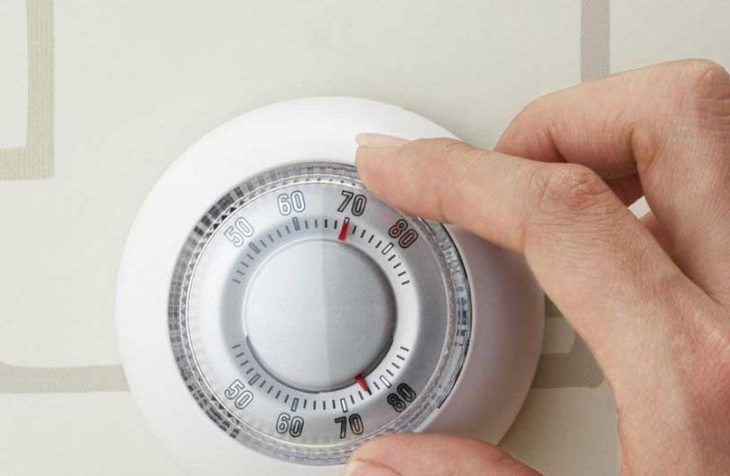What is the difference between a Line Voltage and a Low Voltage Thermostat?
Thermostats are found in systems or devices such as HVAC, air cons, kitchen equipment, water heaters and other appliances that heat or cool to a given temperature. Their role is to sense the physical system’s temperature and acts so that the temperature is maintained within the desired set-point.
There are two basic types of thermostats
- Line voltage thermostats
- Low voltage thermostat
In this piece, we are going to look at what differentiates one from the other as well as their functionalities.
Line Voltage Thermostats
With the line voltage thermostat, current first flows into the thermostat and then to the device/ appliance. They are directly powered by a standard 120 volt or 240-volt circuit and are mostly used in electric resistance heating systems such as electric in-wall heaters and baseboard heaters.
So how do you know you have a Line voltage thermostat? Well. By simply checking the wires; in this type of thermostat, the wire leads are normally thick 12-gauge or 14-gauge wires.
Examples of Line voltage thermostats you can find in the market today include Honeywell TL8130A1005, Honeywell T451A, Honeywell YTL9160AR1000, Lux PSPLV512 and Honeywell Line Volt Pro 8000 among others featured on our roundup for the best line voltage thermostats.
Low Voltage Thermostats
These are the most common types of thermostats you’ll find in homes. The Low voltage thermostat is used to control oil, gas or electric boilers, forced air furnaces, air conditioners, radiant heat systems, and other temperature control systems.
These typically run on 24 volts and are powered by a step-down transformer connected to a standard 120-volt circuit. The voltage may be more or less but the standard is 24 volts. The wiring in these types of thermostats is very thin.
Some low voltage thermostats even run on a set of batteries on a power conversion kit in case you don’t have a C-Wire to supply the low voltage current it needs to run.
Examples of Low voltage thermostats available in the market include Honeywell TH3110D1008, Honeywell TH5110D1006, Supco 53100 Digital Thermostat, Emerson Sensi ST55 Wi-Fi Thermostat, and The Supco 53100 thermostat among others.
The main difference between the two types of thermostats is that one runs on low voltage (less than 24V) while the other is a high voltage thermostat (110V and above). Nevertheless, choosing low voltage vs high voltage thermostat boils down to what you intend to use it for and you should always ensure you buy the right model.
Watch the following video for additional insight.
